What is a monoblock amplifier and why would you want one?
Well, if you’re into your music and striving for the best musical reproductions you can have at home, using a pair of monoblock amplifiers is a sure way of achieving it.
Unlike stereo power amplifiers, monoblock amplifiers house everything needed to bring out the best in each speaker they power, all within a single chassis. With a monoblock, each speaker has dedicated power, high-end amperage, and ample wattage available, ensuring that no matter how demanding your music is, your speaker will perform at its best.
Monoblock amplifiers can also be used for home cinema systems. However, if you own a 9.2.6 setup and want to power each speaker with a monoblock amp, it will require more space than a Denon AVC-A1H, for example. That said, the sound quality will be notably enhanced, making the extra space worthwhile.
In this article, we’ll outline all the benefits of owning a monoblock amplifier, along with the best applications for them, including which channels to use if you’re looking to incorporate them into a home cinema setup.
In a hurry?
Here are the key differences between a monoblock amp and a stereo amp:
| Monoblock amplifier | Stereo amplifier |
|---|---|
| Single channel isolation | Shared amplification |
| Single power source | Shared power source |
| Single power amplifier | Possible crosstalk issues |
| Cleaner amperage source | Lower amperage as it is shared |
What is a monoblock amplifier?
A monoblock amplifier is, by definition, a single-channel device, which means that for stereo listening, you’ll need at least two monoblock amplifiers. It’s recommended to use a matching pair of monoblock amplifiers, such as the Quad Artera Mono, to create a balanced stereo sound.
If you’re looking to power your main front home cinema speakers, using three matching monoblock amplifiers, such as the compact Emotiva XCP HC-1, is a common choice. For the remaining surround speakers, you can pair these with an Emotiva stereo or multichannel power amp.
Using either of these monoblock amplifier setups ensures that you deliver the strongest and most complete audio signal from the source to each main speaker. Since a monoblock amplifier has its own power supply, amplification, and individual circuitry, it eliminates crosstalk or shared components that could compromise the overall sound quality. This allows each speaker to achieve the best possible performance levels.
Many monoblock amplifiers also feature both balanced XLR and unbalanced RCA connections. Using the balanced inputs offers additional benefits thanks to clever electronics that pass the signal in and out at 180 degrees.
This differential system ensures that only balanced signals pass through to the amplifier, effectively filtering out any unwanted noise.
When you combine monoblock amplifiers with balanced XLR interconnects, you’ll find it difficult to match the level of performance with any other setup.
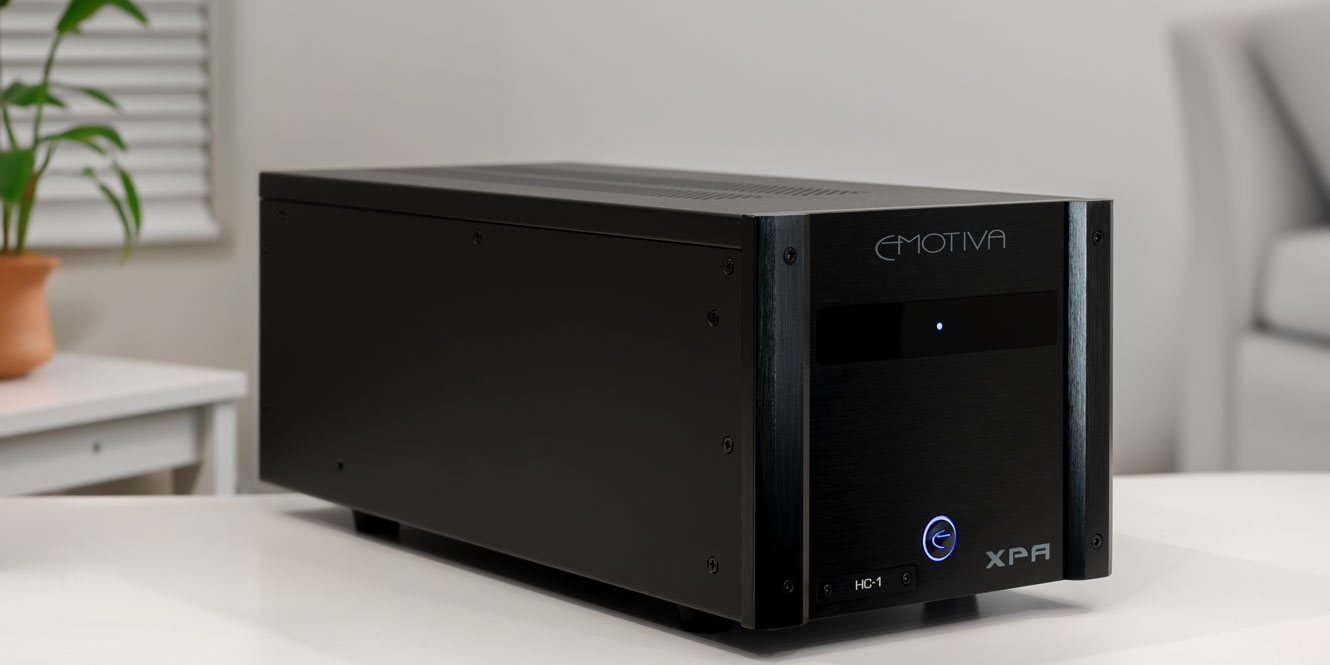
Benefits of a monoblock amplifier
As mentioned earlier, using a hi-fi system powered by two or more matching monoblock amplifiers is the holy grail for maximising your speakers’ performance, second only to room acoustics.
What many people don’t realise is that powering your speaker to its optimal level requires more than just power; watts and amperage are different factors. A monoblock amplifier provides more amperage because it isn’t sharing power across multiple channels, allowing it to deliver more focused and efficient power to your speakers.
Speakers can draw amperage as low as 3 ohms, which can place significant stress on any amplifier. However, when using a monoblock, you eliminate the need for the amplifier to share its amperage, allowing 100% of its full output to drive your speakers, no matter how demanding the amperage requirements.
There are different types of amplifiers within monoblock power amplifiers, which can vary from Class A and A/B to Class D. You’ll also find various other combinations; Arcam, for example, uses a combination of Class A and Class D to create Class G amplification.
Bass enthusiasts usually gravitate towards Class D, as digital amplification provides the most efficient output per the required amperage. Class A, on the other hand, is known for its warmth, reminiscent of traditional valve amplification, with its subtle imperfections that are equally cherished.
Class A/B and Class G amplifiers combine elements of both types, offering a balance of efficiency and performance. This allows them to occupy a middle ground between the two distinct musical characteristics.
Some argue that digital amplification offers an unparalleled level of accuracy, while others prefer the subtle imperfections and warmth of transistor-based Class A amplification.
Whatever type of amplifier classification you choose, one thing is certain: the musicality of using a monoblock amplifier over a typical stereo power amp is something to be celebrated. You’ll never hear your speakers perform in quite the same way again.
Where are monoblock amps used?
The availability of monoblock amplifiers varies, and it’s important to understand that your system’s limitations might prevent you from using one.
The golden rule is that if your system can work with a stereo power amp, it can be upgraded to a pair of monoblock amplifiers. Depending on whether the monoblock amplifier has additional outputs, you may be limited by the speaker’s terminations – whether bi-wired or tri-wired – allowing for up to three monoblock amplifiers per channel.
In large, high-end home cinema setups, it’s common to see a single monoblock amplifier positioned close to each speaker, with longer balanced XLR cables used to connect them to electronics like the Arcam AV41 AV processor.
Ultimately, the decision to use monoblock amplifiers depends on your electronics’ capabilities. However, if you’re seeking the pinnacle of sound quality and your system can accommodate a pair or even an array of monoblock amplifiers, you’re in for a treat. Everything your system may have hinted at will come to the forefront with stunning clarity, which is exactly what monoblock amplifiers are designed to achieve!
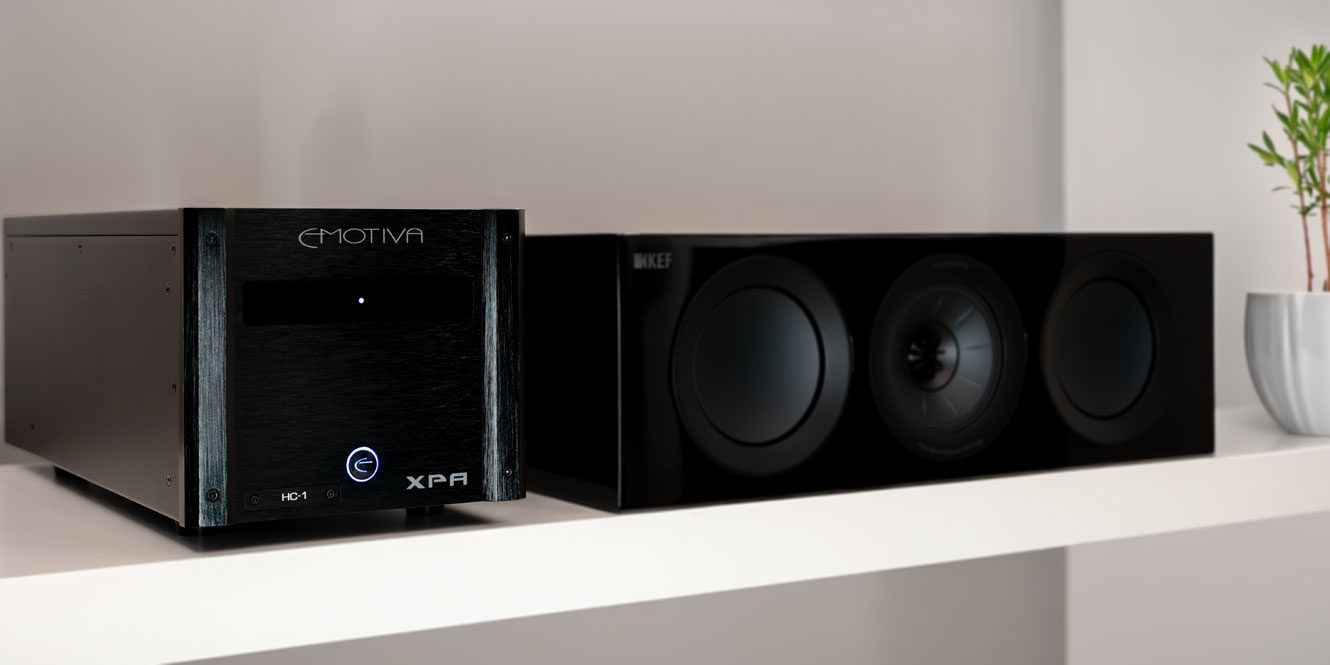
FAQs
What is the advantage of a monoblock amp?
The advantage of a monoblock amp is that it refines the audio signal, and nothing ensures separation quite like a monoblock amplifier. As the ultimate tool for isolation, it keeps the left and right audio channels completely separate, eliminating any crosstalk or interference from amperage peaks.
What is the difference between a Class D amp and a monoblock amp?
When referring to Class A, AB, or even Class G, the focus is on amplification efficiency. Class A is about 25% efficient, while Class D boasts efficiency claims of around 90%. This means that for every watt used, Class D provides significantly more power per watt, making it a highly efficient amplifier choice.
What inputs do monoblock amps have?
The two common connection types on a monoblock amp are RCA and balanced XLR inputs. Both can be found on a variety of electronics, with balanced XLR typically delivering the most accurate soundstage. It’s important to remember that a device like a pre-amplifier or AV processor is needed to control the volume. Without it, the monoblock amplifier would run at 100% power, potentially causing damage to the speakers and destroying anything connected to it.
Final thoughts
We hope we’ve answered the question, “What is a monoblock amplifier?” with the detail you need!
Whichever power class you opt for to tailor your system to your needs, a pair of these single-channel devices will maximise your speakers’ performance.
If you’ve enjoyed this article, why not check out some more?
WiiM Ultra Review – Is There Anything This Jam-Packed Streamer Can’t Do?

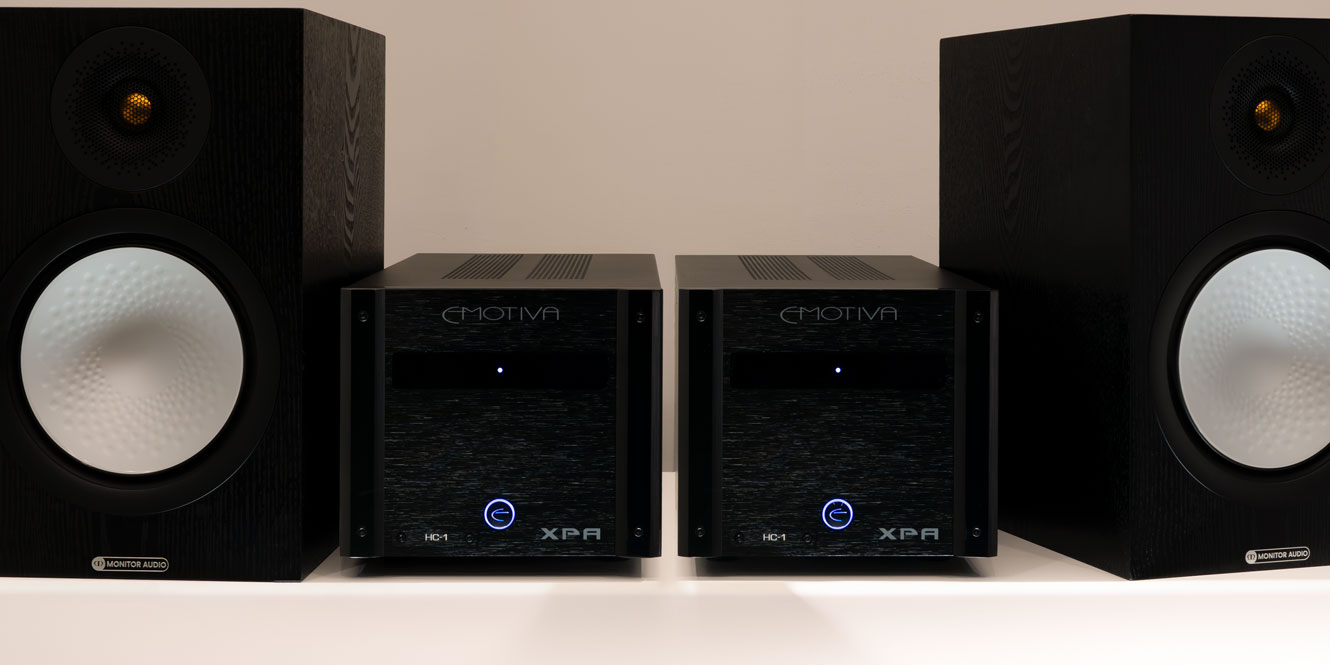
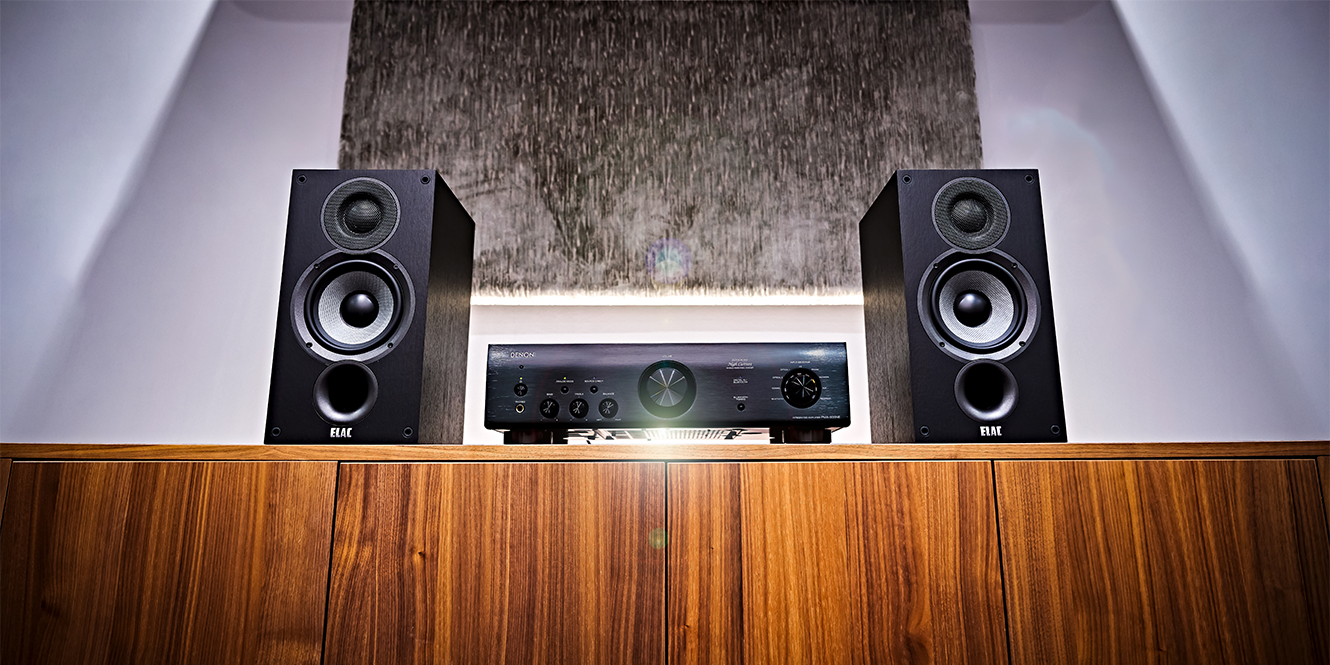
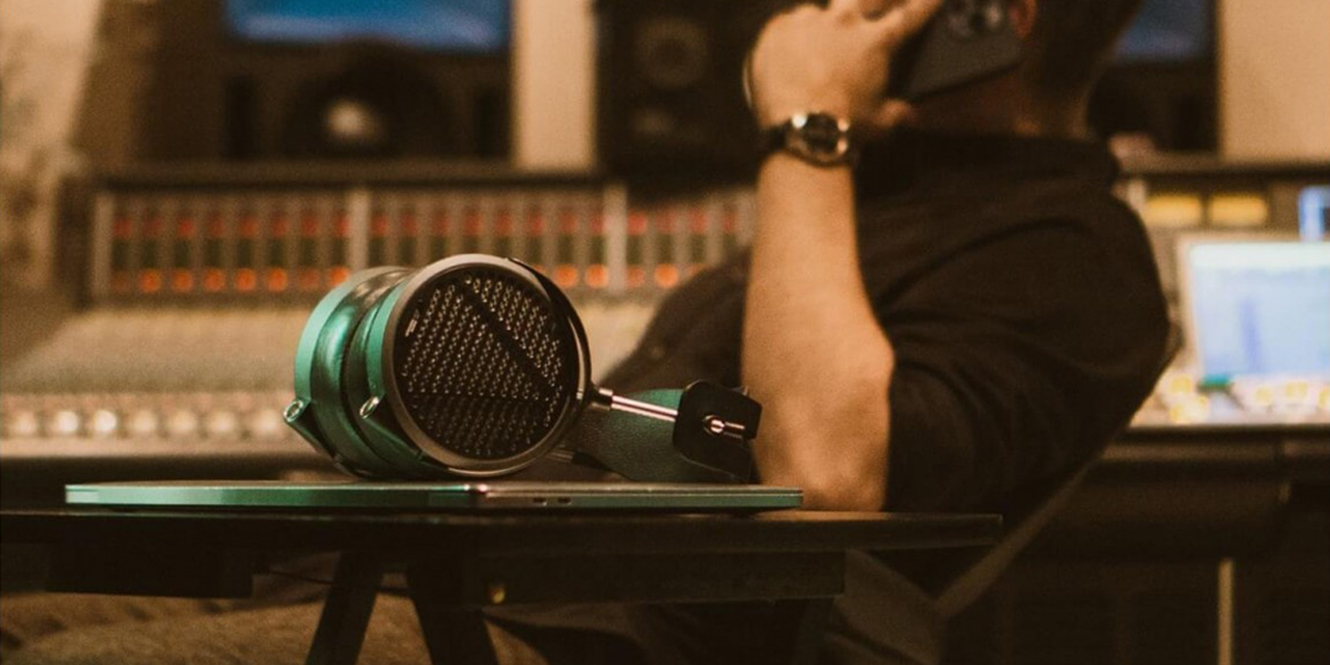

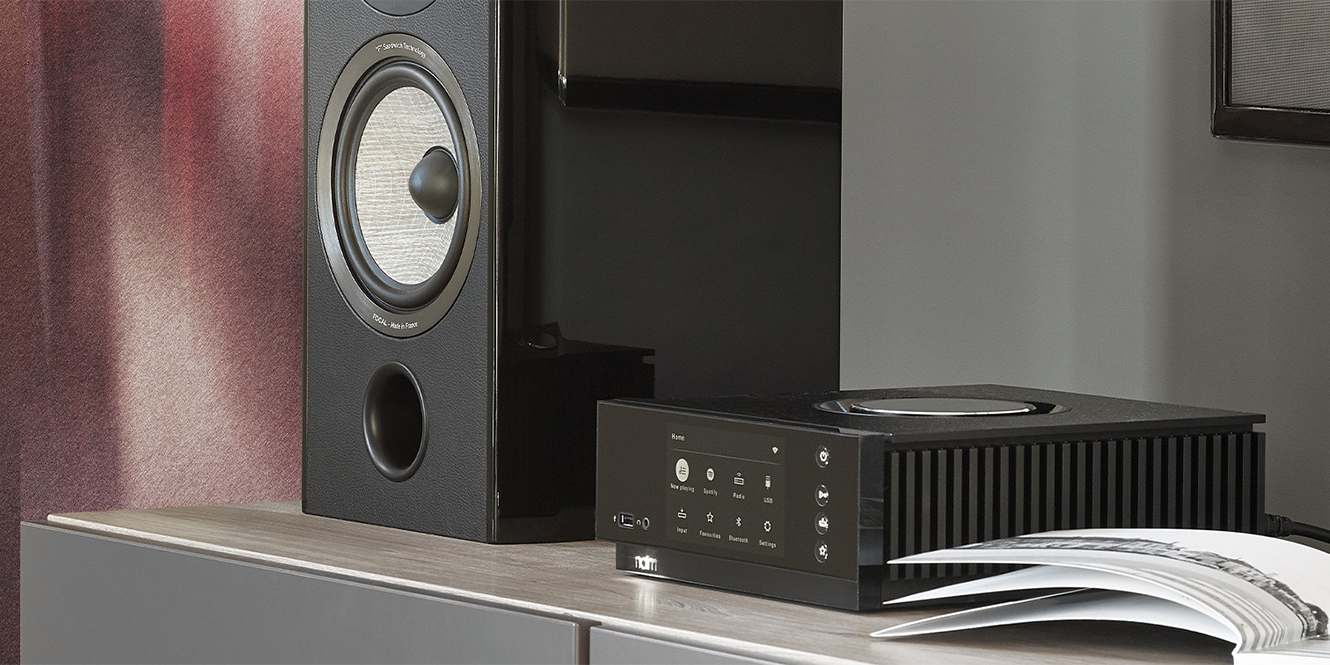
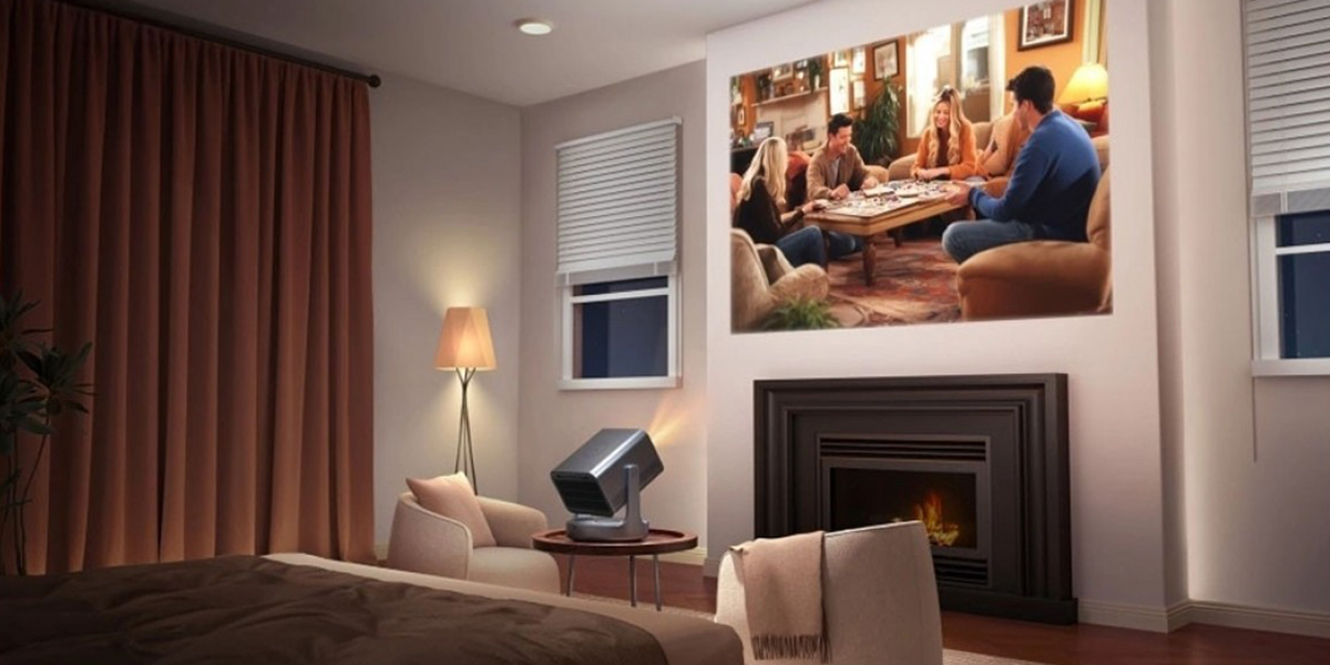




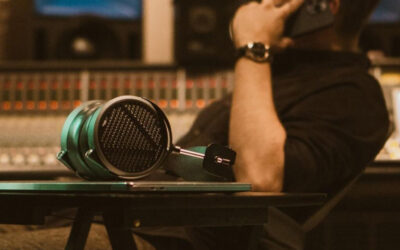

0 Comments